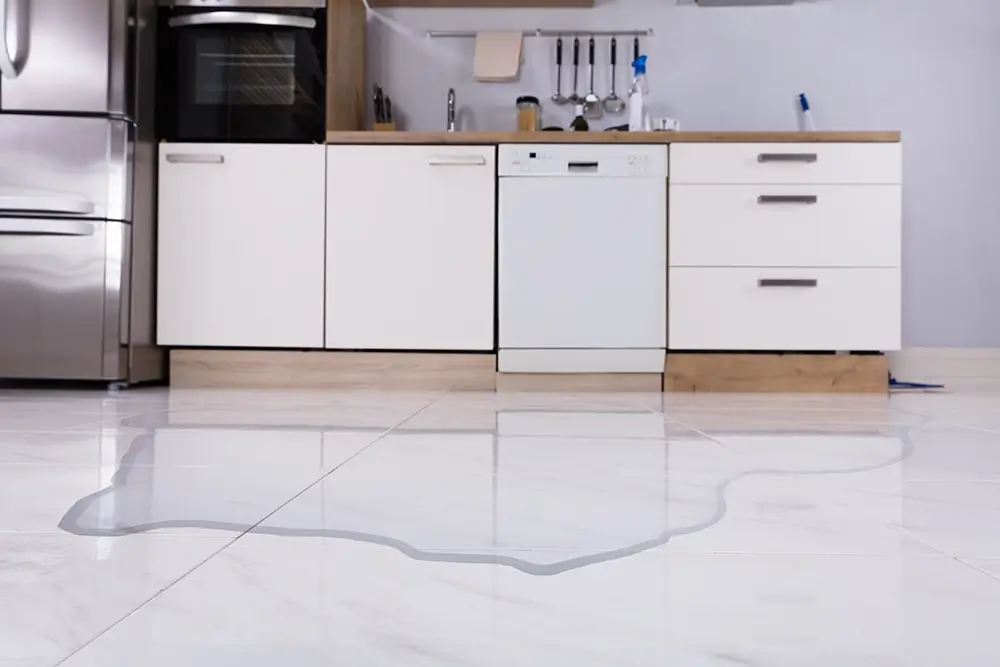
Sensor Calibration for Water Devices: Understanding Its Importance
Share
In todays fast-paced technological landscape, the term sensor calibration water devices carries considerable significance, especially for professionals and enthusiasts alike. These devices play critical roles in smart homes, industrial settings, and environmental monitoring, where precise sensor calibration is vital for ensuring their reliable performance. So, what exactly does the calibration process entail, and why is it such an essential topic for those well-versed in technology?
At its essence, sensor calibration is the process of fine-tuning a device's sensor outputs to align with known standards or values. This step is particularly vital for water devices since it guarantees accurate readings crucial for monitoring pH levels, detecting pollutants, or managing water quality in real-time. Proper calibration allows users to confidently rely on the data provided, which is indispensable for making educated choices.

The Significance of Accuracy in Water Sensors
Accuracy in water sensors is paramount. A faulty sensor could mistakenly report safe drinking water, while it might actually be contaminatedposing serious health risks. In industrial applications, erroneous sensor readings can trigger inefficiencies and inflated costs. These reasons highlight why regular calibration should be an established practice for anyone using water devices. For example, leak detection systems depend heavily on well-calibrated sensors to mitigate expensive water damage.
Impact of Calibration on Device Performance
The overall effectiveness of a water device is closely tied to the calibration of its sensors. Well-calibrated sensors yield precise data, allowing devices to operate at their best. Take automated irrigation systems, for instancecorrectly calibrated sensors ensure plants receive the precise amount of water needed, fostering healthy growth while conserving resources. Calibration not only boosts functionality but also prolongs the lifespan of the equipment.
Essential Steps for Calibrating Water Devices
The calibration process for water devices generally entails several critical steps:
1. Assessing Sensor Condition
Before starting calibration, evaluating the sensor's condition is a must. This includes examining for physical damage and ensuring that the sensor components are clean and free from contaminants that could compromise accuracy.
2. Adhering to Standard Protocols
Calibration should follow established standard protocols. These guidelines help streamline the calibration process, ensuring effectiveness by comparing sensor outputs against known measurements.
3. Making Adjustments and Verifying
After the assessment and reference, adjustments are made to align sensor readings with the established standards. A confirmation step is then undertaken to verify that the calibration changes have successfully achieved the desired level of accuracy.
Emerging Trends in Sensor Calibration
As technology progresses, so do the methods for calibrating sensors. Innovations like machine learning and artificial intelligence are paving the way for automated calibration processes, which are not only quicker but also more precise than traditional techniques. For example, AI in water management is markedly changing how we approach calibration practices.
Real-World Uses and Illustrations
In practical scenarios, the applications of calibrated water devices span a variety of sectors. From municipal water treatment facilities ensuring the delivery of safe drinking water to aquaculture systems that maintain optimal conditions for marine life, the importance is undeniable. A properly calibrated system significantly impacts global water quality management.
Conclusion: Advocating for Calibration to Secure a Better Future
In conclusion, grasping and applying sensor calibration in water devices is essential for both tech enthusiasts and professionals. It bridges the divide between technology and reliable data, subsequently enhancing the functionality and efficiency of numerous applications. As we continue to advance, the focus on precise calibration will only intensify, opening doors to more innovative and trustworthy solutions in water management.

FAQs
Why is sensor calibration critical for water devices?
Calibration guarantees that the device delivers accurate readings, which is vital for monitoring water quality and averting potential health risks.
What is the recommended calibration frequency for water sensors?
The calibration frequency varies depending on the device's usage and environment. However, regular calibrationideally every six monthsis generally advised.
Which industries gain the most from well-calibrated water sensors?
Industries such as municipal water treatment, agriculture, and environmental monitoring greatly benefit from accurately calibrated water sensors.
For more information on maintaining your swimming pool, check our post on closing a pool, or learn about heating a pool. To tackle hard water issues, see how to remove hard water stains. If youre considering a remodel, read how to estimate a bathroom remodel. Also, discover more about Bluetooth water sensors. For additional insights, explore the benefits of smart water leak detectors.
